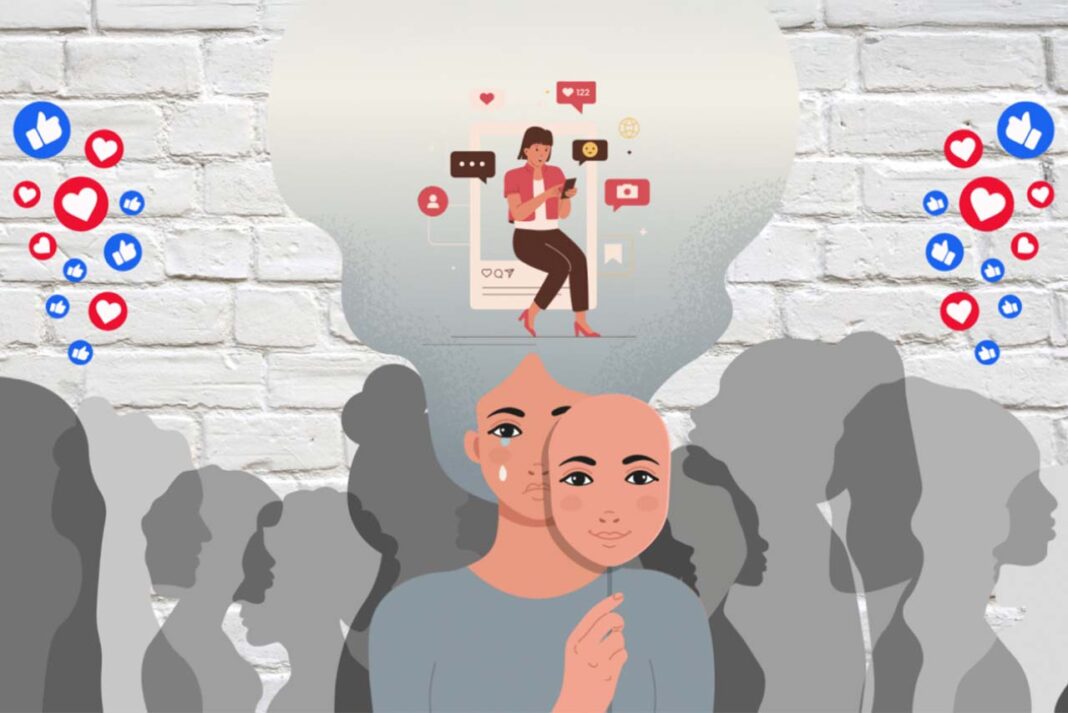Social Identity and the Need to Belong
Human beings are inherently social creatures. According to Abraham Maslow’s hierarchy of needs, after physiological and safety needs, one of the most fundamental human needs is belonging. Following trends has become one of the modern ways to fulfill this need.
When we join a trend, we’re not only adopting a fashion movement—we also feel like we’re part of a community. This is especially important during adolescence, a period where individuals intensely ask the question, “Who am I?” Trends in fashion and social media can serve as temporary but powerful answers to this question.
Social Proof and Imitation
In social psychology, the concept of social proof refers to individuals using the behaviors of others as a guide for their own. Especially in situations of uncertainty, we look to those around us to decide what to do. If many people are engaging in a certain behavior, we tend to perceive that behavior as correct or acceptable.
For instance, the fact that a TikTok trend can reach millions in a short time is no coincidence. When people see that a large group values something, they are inclined to believe it must be valuable for them too. This mechanism can influence our decisions to buy a product, watch a show, or attend an event.
FOMO: Fear of Missing Out
FOMO—Fear of Missing Out—has become one of the defining emotional states of the digital age. It is one of the most current psychological factors explaining trend-following behavior.
Being able to instantly access everything and see what everyone else is doing on social media creates pressure: “I must be part of this too, or I’ll fall behind.” This feeling is particularly intense in young adults, and sometimes people find themselves participating in trends they’re not even interested in, just because of this fear. FOMO can also threaten a person’s self-esteem, leading them to follow trends unconsciously just to avoid exclusion.
The Brain’s Reward System and Dopamine
The impact of trends is not only psychological but also neurobiological. Our brains release dopamine—a chemical responsible for the feeling of “reward”—in response to new, exciting, and socially accepted behaviors. Dopamine motivates us to repeat the behavior.
Experiencing a new trend provides short-term happiness and increases the chance of gaining social approval. This activates the brain’s reward system. In this way, trends can create not only social but also physiological addiction.
Crowd Psychology and Conformity
According to Gustave Le Bon’s theory of “crowd psychology,” individuals behave differently when they are in a crowd. Personal decision-making is replaced by collective thinking. On social media, this is evident through “viral” content. When a trend becomes a mass movement, personal evaluation may be overridden, and people can find themselves swept up in a trend without questioning why.
Is This Always a Bad Thing?
Following trends is not always shallow or negative. When used consciously, it can help individuals feel a sense of belonging, build social networks, and express themselves. However, it is important to be aware of the emotions driving this behavior.
Are we part of a trend because we genuinely care about it—or because we want to be accepted and avoid exclusion?
References
-
Akar, M. S. (2023). FOMO on social media: Social media addiction in the context of fear of missing out. Gümüşhane University Faculty of Communication Electronic Journal, 11(1), 216–242. https://dergipark.org.tr/tr/download/article-file/4455669
-
Memorial Health Group. (n.d.). What is dopamine and what does it do? What is a dopamine detox? https://www.memorial.com.tr/saglik-rehberi/dopamin-nedir-ne-ise-yarar-dopamin-detoksu
-
Wikipedia. (n.d.). Social proof. https://tr.wikipedia.org/wiki/Sosyal_kan%C4%B1t



